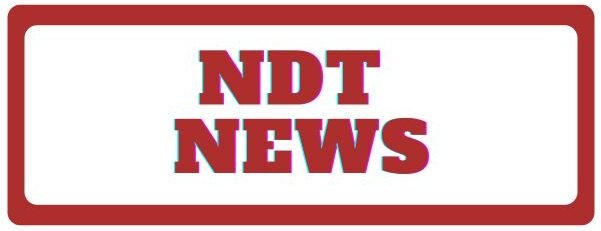The 2005 Kansas Quarter is one of the most famous error coins in U.S. history, especially for those interested in collecting rare and valuable coins. What makes this quarter so special is an unusual minting mistake that turned a simple design into a collector’s dream. In this article, we’ll explore the story behind the “In God We Rust” error, its value, and what to look for if you think you might have one in your coin collection.
What is the “In God We Rust” Error?
In 2005, the Kansas state quarter was released as part of the 50 State Quarters Program. This coin features a design with a bison and a wheat field, representing the state of Kansas. However, during the minting process, a striking error occurred on some of the quarters, causing the phrase “In God We Trust” to appear blurry or misspelled as “In God We Rust.”
This error was caused by a worn or damaged die used to stamp the design onto the coin. The worn die resulted in the letter “T” in “Trust” looking like it had rust on it, giving the appearance of the word “Rust” instead of “Trust.” While only a small number of these “In God We Rust” coins were made, they have become highly sought after by collectors due to their rarity and unique nature.
Value of the “In God We Rust” Kansas Quarter
The value of a 2005 Kansas Quarter with the “In God We Rust” error can vary depending on its condition. Below is a table outlining the general value of these coins based on their grade and rarity:
| Coin Type | Error Type | Estimated Value | Condition/Grade |
|---|---|---|---|
| 2005 Kansas Quarter | “In God We Rust” Error | $500,000+ | MS65 and higher |
| 2005 Kansas Quarter | Regular Quarter | $0.25 | Circulated |
| 2005 Kansas Quarter | Worn Die “In God We Rust” | $10,000 – $50,000+ | MS64 and below |
As the table shows, the “In God We Rust” error is what makes the coin valuable. The higher the grade (meaning the better the condition), the more money it could fetch at an auction. A pristine, uncirculated version could easily exceed $500,000, while a worn one can still be worth thousands of dollars.
What Should You Look For?
To identify a 2005 Kansas Quarter with this error, you need to closely inspect the inscription on the coin. Here’s what to look for:
- The “T” in “Trust” should appear blurry or incomplete, looking as if it has rusted or faded away, turning the word into “Rust.”
- This error only affects a small number of quarters, so not every 2005 Kansas quarter will have it.
If you find a quarter with this error, it’s worth having it professionally appraised to determine its authenticity and value.
Where Can You Find a “In God We Rust” Quarter?
These rare quarters can sometimes be found in your spare change or at coin shops. You can also check online auction sites where collectors trade these types of coins. Remember, finding one is incredibly rare, but if you happen to spot a 2005 Kansas Quarter with the “In God We Rust” error, you could be holding onto a coin worth a fortune!
Conclusion
The 2005 Kansas Quarter with the “In God We Rust” error is one of the most famous and valuable minting mistakes in U.S. coinage history. While the chances of finding one are slim, if you happen to discover this error in your collection, you could be holding onto a coin worth over $500,000. Collectors are always on the lookout for rare and unusual coins like this, and the story behind this error makes it even more desirable.
Whether you’re a coin collector or simply interested in the history behind these valuable coins, the “In God We Rust” Kansas Quarter is a reminder that sometimes the smallest mistakes can turn into the biggest treasures.
FAQ’s
What caused the “In God We Rust” error on the 2005 Kansas Quarter?
The error occurred because of a worn die used in the minting process, causing the “T” in “Trust” to appear as “Rust.”
How much can a “In God We Rust” Kansas Quarter be worth?
A rare 2005 Kansas Quarter with the “In God We Rust” error can be worth up to $500,000 or more depending on its condition and rarity.
How do I identify a 2005 Kansas Quarter with this error?
Look for the word “Rust” instead of “Trust” in the phrase “In God We Trust.” The “T” should appear faded or blurry, making the word look incorrect.

